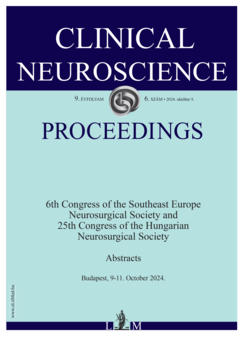In clinical deep brain stimulation (DBS) applications, stimulation-induced sensations are typically viewed as undesired side effects. However, in emerging contexts such as computer-brain interface applications, intentionally inducing sensations may be desirable. The optimization of stimulation parameters, whether to mitigate or induce sensations, presents a formidable challenge due to the complexity of the parameter space.
This study seeks to streamline this process by employing a machine learning model to predict the outcomes of DBS stimulation.
Utilizing a dataset comprising approximately 2500 stimulation response records obtained from 18 thalamic DBS leads implanted in 10 patients across two clinical centers, we conducted an extensive analysis. For each stimulation trial, we employed LeadDBS (2.6) to simulate the Volume of Tissue Activation (VTA). These VTAs served as the foundational data. Stimulation parameters and spatial VTA metrics were integrated as features for the prediction model.
Through rigorous cross-validation, the machine learning model demonstrated an 85% accuracy in predicting the occurrence of sensations following DBS stimulation. Additionally, the model exhibited a 75% accuracy in predicting the specific anatomical location where sensations would manifest.
These results suggest the potential of machine learning-based predictions to narrow down the search space for optimal stimulation parameters. Outcome predictions could serve as valuable guidance for clinical DBS programming or the fine-tuning of DBS based computer-brain interfaces.
Funding: CereGate GmbH.




